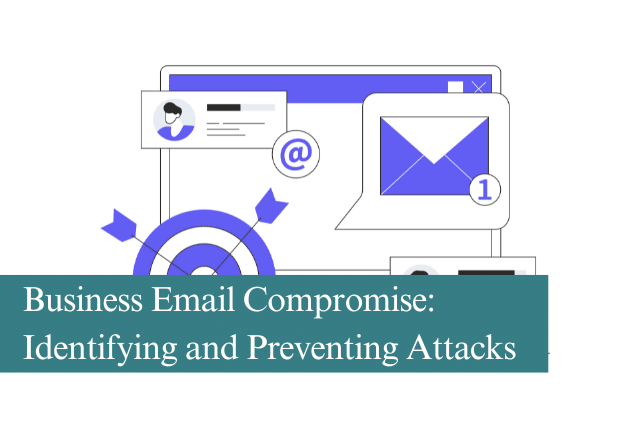
Business Email Compromise (BEC) is quickly becoming one of the most costly and deceptive cyber threats businesses face. Unlike traditional phishing that casts a wide net, BEC schemes are sharply focused, leveraging psychological manipulation to deceive employees into handing over funds or sensitive data. In this article we unpack how BEC attacks work, how to identify them and what proactive steps your business can take to avoid becoming the next target.
What Does a BEC Attack Look Like?
Though these attacks vary, many share familiar patterns. Here are some common red flags that suggest a BEC attempt:
Pretending to Be Someone Trustworthy: Fraudsters often pose as company leaders or well-known vendors, sending messages that appear to come from legitimate sources.
Unusual Financial Requests: Messages asking for urgent payments, rushed wire transfers or sudden changes in bank details are suspicious by nature.
Subtle Email Spoofing: One of the most overlooked clues: slightly modified email addresses designed to resemble official accounts (e.g., switching a lowercase “l” for a capital “I”).
Realistic Tone and Language: These emails often match the tone, language, and signature of the person they’re impersonating making them highly convincing.
Pushing to Skip Protocols: Any request to bypass regular financial controls or security procedures should trigger immediate scrutiny.
How to Stay Ahead of BEC Threats
Defending against BEC requires a multi-layered approach that includes informed employees, technical defences, and well-defined protocols.
1. Train Your Team to Recognise the Threat
- Run ongoing security training tailored to your organisation’s needs.
- Teach employees how to validate high-risk requests using a second channel, like calling the requester directly.
- Simulate attacks periodically to keep teams alert.
2. Reinforce Email and Domain Security
- Deploy modern email filtering and threat detection systems.
- Ensure your domain uses authentication protocols (SPF, DKIM, DMARC) to prevent spoofing.
- Flag emails from outside the company with warning banners.
3. Secure Email Access Points
- Implement mandatory multi-factor authentication (MFA) across all accounts.
- Require strong, unique passwords and recommend password managers to reduce reuse.
4. Protect Financial Processes
- Establish strict rules for processing payments, including dual approval for large or unusual transactions.
- Verify vendor or payment detail changes using trusted, previously known contacts, not information provided in the email.
5. Monitor, Respond, and Recover
- Actively monitor for signs of unusual email access or login behaviour.
- Develop and rehearse a response plan for suspected BEC incidents.
- Encourage staff to report anything that feels off no matter how small.
Conclusion
Business Email Compromise is not just a tech problem, it’s a human one. By combining awareness, accountability and advanced security tools, companies can make themselves much harder targets. The financial and reputational risks are too significant to ignore, but with the right preparation, you can stay one step ahead.
Contact us today to get started.
Recommended Posts

Is There a Difference Between Managed IT and IT Support?
13th June 2025

How to protect yourself if your laptop is stolen
6th June 2025

